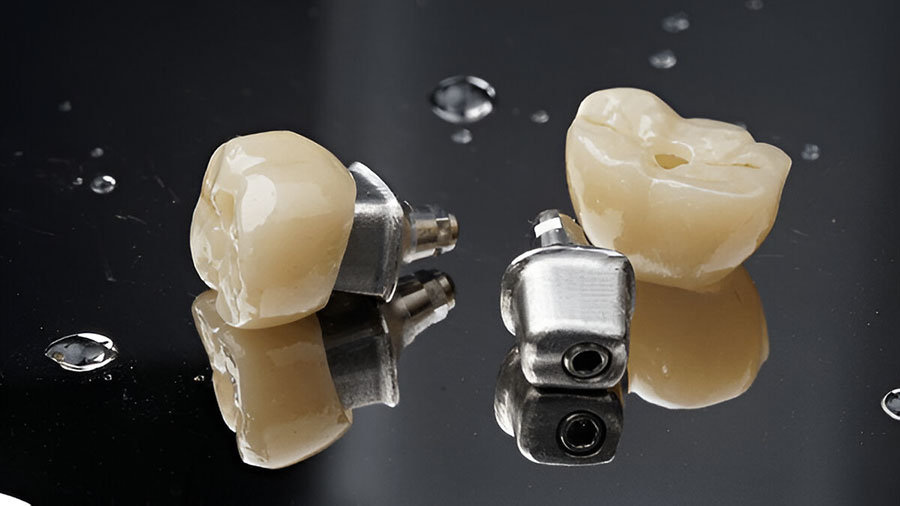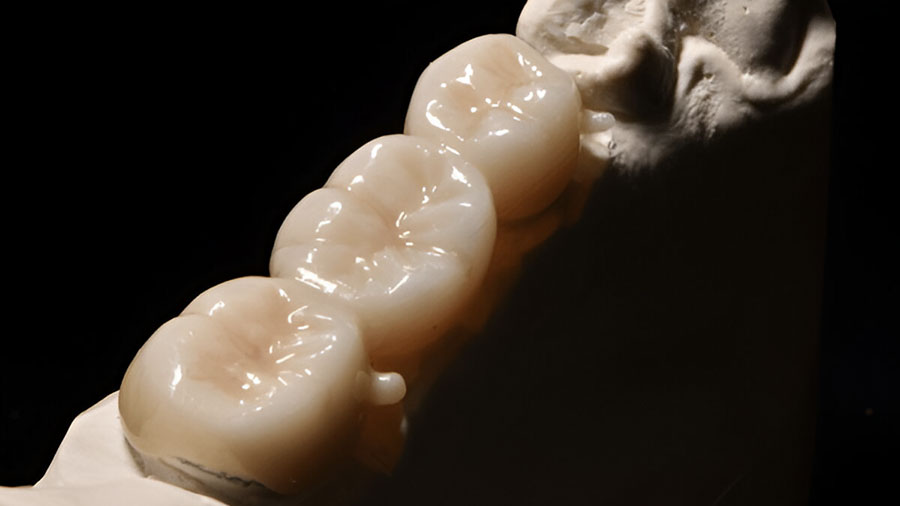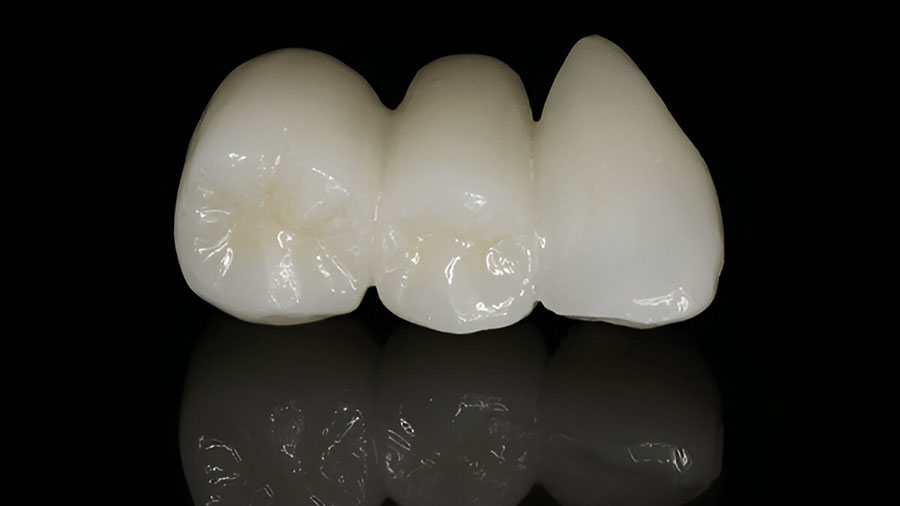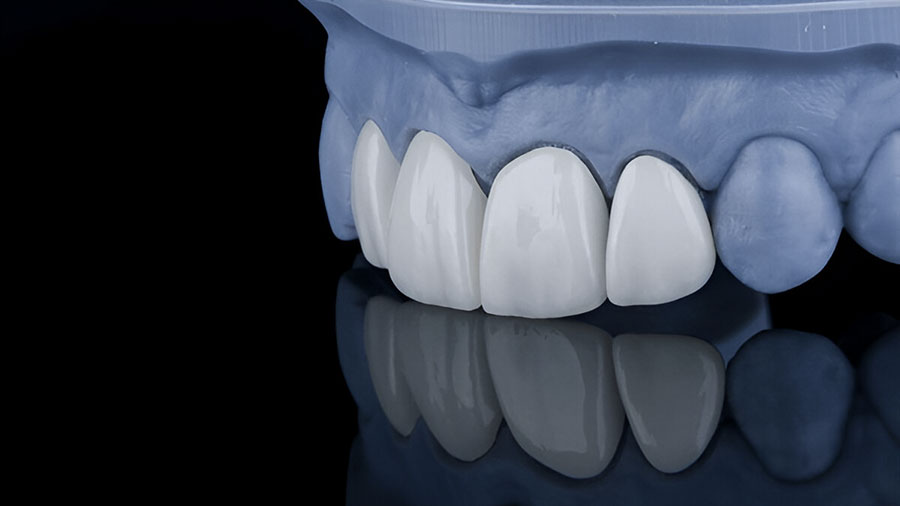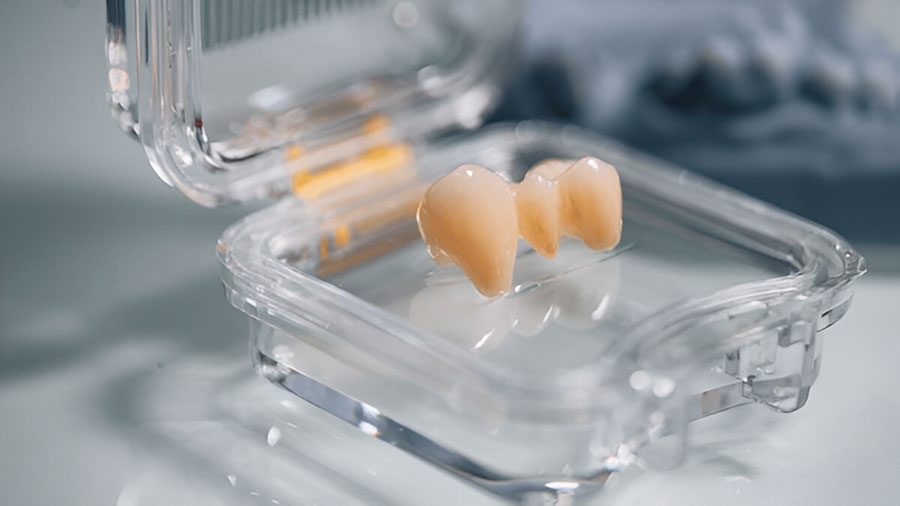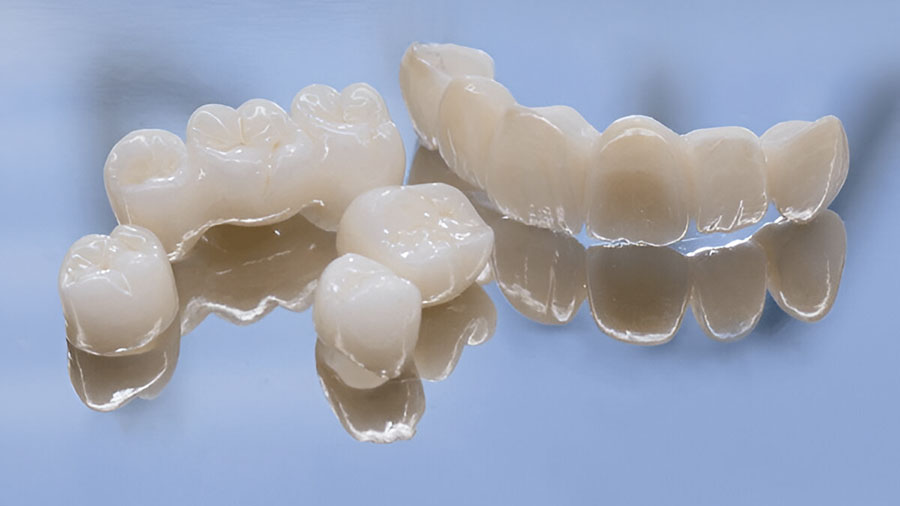Alumina systems have played a foundational role in the evolution of dental ceramic frameworks. Known for their strength, biocompatibility, and versatility, alumina-based materials were among the first high-strength ceramics used in dentistry, setting the stage for modern advancements like zirconia. This article delves into the history, types, properties, applications, and recent developments of alumina systems, offering valuable insights for dental professionals seeking durable, aesthetic, and metal-free solutions.
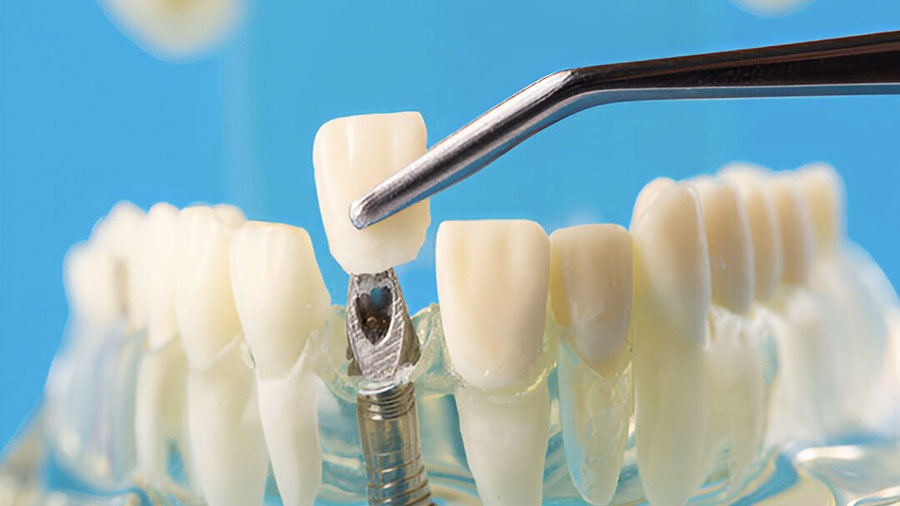
Table of contents [Show]
- Overview and Historical Development
- Types of Alumina Systems
- Microstructure and Composition
- Mechanical Properties
- Clinical Applications and Indications
- Fabrication Techniques
- Optical Properties
- Advantages and Limitations
- Clinical Performance
- Recent Developments
- Conclusion
- Why Choose XDENT LAB for Alumina Restorations?
Overview and Historical Development
Alumina (aluminum oxide, Al₂O₃) was introduced to dentistry in the 1960s as a high-strength ceramic material. Its adoption marked a turning point in dental ceramics, offering improved mechanical properties compared to traditional feldspathic porcelains. By the 1990s, glass-infiltrated alumina-based ceramics became widely used as core materials for all-ceramic restorations, combining strength with acceptable aesthetics.
These systems paved the way for metal-free restorations, addressing the growing demand for biocompatible and aesthetically pleasing alternatives to metal-based frameworks. Despite advancements in zirconia, alumina systems remain relevant for specific applications where proven reliability and traditional processing methods are preferred.
Types of Alumina Systems
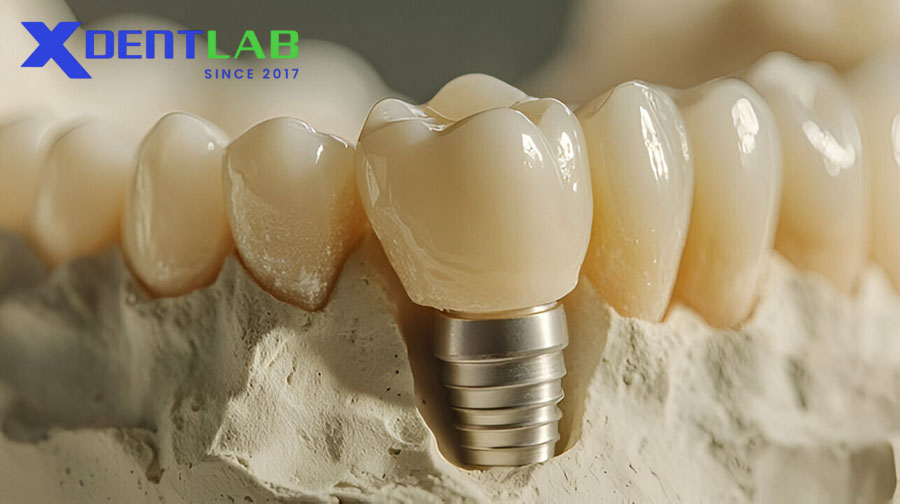
Glass-Infiltrated Alumina (In-Ceram Alumina)
This system features a porous alumina framework infiltrated with lanthanum glass, creating a dense structure with approximately 70% alumina by volume.
Flexural Strength: 350-450 MPa.
Applications: Anterior crowns, veneers, and short-span bridges.
Advantages: Good aesthetics and moderate strength.
Densely Sintered Alumina (Procera AllCeram)
Procera uses 99.9% pure alumina, densely sintered without a glass phase. While it achieves higher strength (600-700 MPa), it offers limited translucency.
Flexural Strength: 600-700 MPa.
Applications: Single crowns in anterior and premolar regions.
Advantages: Superior strength and precision fabrication via CAD/CAM.
Glass-Infiltrated Zirconia-Reinforced Alumina (In-Ceram Zirconia)
This advanced system combines alumina with 35% zirconia, infiltrated with glass for enhanced mechanical properties.
Flexural Strength: 600-800 MPa.
Applications: Posterior crowns and three-unit bridges.
Advantages: High strength and phase transformation toughening.
Microstructure and Composition
The microstructure of alumina systems is characterized by crystalline alumina particles (10-30 μm) forming the primary framework. In glass-infiltrated systems, interparticle spaces are filled with glass, while zirconia-reinforced variants incorporate dispersed zirconia particles for additional strength. Proper processing ensures minimal porosity (<5%), contributing to the durability and reliability of these materials.
Mechanical Properties
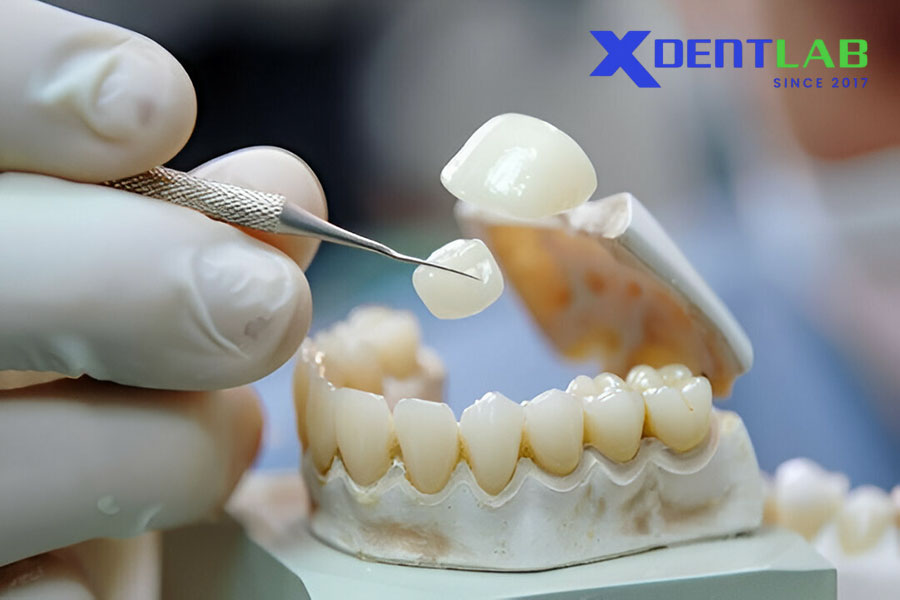
Strength and Toughness
Alumina systems exhibit varying mechanical properties depending on their composition and fabrication method:
Flexural Strength: Ranges from 350 MPa (In-Ceram Alumina) to 800 MPa (In-Ceram Zirconia).
Fracture Toughness: 3.5-4.5 MPa·m^1/2 for glass-infiltrated systems, higher for zirconia-reinforced variants.
Elastic Modulus and Hardness
Elastic Modulus: 250-300 GPa, ensuring good stress distribution.
Hardness: 1200-1500 HV, contributing to wear resistance.
These properties make alumina systems suitable for both anterior and posterior restorations, depending on the specific type and clinical requirements.
Clinical Applications and Indications
Alumina systems offer versatility across various clinical scenarios:
In-Ceram Alumina: Ideal for anterior crowns, inlays, onlays, and veneers where aesthetics are critical.
Procera AllCeram: Best suited for single crowns in anterior and premolar regions.
In-Ceram Zirconia: Preferred for posterior crowns and bridges requiring higher strength.
Their metal-free composition and biocompatibility make alumina systems a reliable choice for patients with allergies or sensitivities to metal-based restorations.
Fabrication Techniques
Slip-Casting Method (In-Ceram)
Alumina slip is applied to a refractory die.
Sintering at 1120°C for 10 hours creates a porous framework.
Glass infiltration at 1100°C for 4-6 hours fills the pores, enhancing strength and density.
CAD/CAM Method (Procera)
Digital scanning of the prepared tooth or model.
Computer-aided design of the core.
Industrial pressing and sintering of pure alumina for precise and consistent results.
These techniques ensure accurate fabrication and optimal mechanical properties, though they require specialized equipment and expertise.
Optical Properties
Alumina systems present unique optical challenges due to their crystalline structure and opacity:
Limited Translucency: Light transmission is restricted (10-15% for 0.5mm thickness).
Core Color: White or slightly grayish, potentially affecting final shade outcomes.
Skilled veneering techniques are essential to achieve natural aesthetics, particularly in anterior restorations.
Advantages and Limitations

Advantages
Biocompatibility: No reported allergic reactions or adverse effects.
Chemical Stability: Resistant to degradation in the oral environment.
Strength: Superior to feldspathic porcelains, with long-term clinical success.
Proven Reliability: 10-15 year survival rates of 85-90% in clinical studies.
Limitations
Opacity: Limits use in aesthetic zones without veneering.
Brittleness: Requires careful handling during fabrication and placement.
Complex Processing: Demands specialized equipment and expertise.
Lower Strength: Compared to modern zirconia systems.
Clinical Performance
Long-term studies highlight the reliability of alumina systems:
5-Year Survival Rates: 92-96% for In-Ceram Alumina crowns.
Failure Modes: Typically cohesive fractures of veneering porcelain rather than core fractures.
Marginal Adaptation: Excellent fit with gaps typically <50 μm.
These results underscore the clinical success of alumina systems, particularly when used in appropriate indications.
Recent Developments
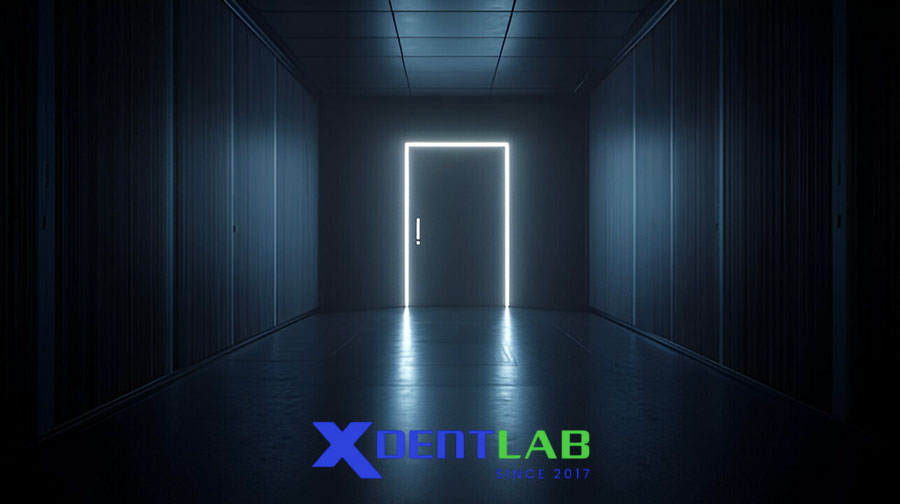
Modern advancements in alumina systems include:
Nanostructured Alumina: Improved strength and translucency for enhanced aesthetics.
Hybrid Compositions: Combining alumina with other oxides for tailored properties.
Enhanced Glass Infiltration: Better aesthetics and mechanical performance.
Digital Integration: Streamlined workflows with CAD/CAM technology.
While zirconia has largely superseded alumina in many applications, these innovations ensure alumina systems remain valuable for specific clinical situations.
Conclusion
Alumina systems have stood the test of time, offering reliable strength, biocompatibility, and versatility in dental ceramic frameworks. Despite the rise of zirconia, alumina-based materials continue to play a role in specific indications where proven performance and traditional processing methods are preferred.
At XDENT LAB, we specialize in high-quality alumina systems tailored to the needs of dental practices worldwide. Our FDA-approved processes, ISO-certified facilities, and cutting-edge technology ensure consistent quality and clinical success.
Why Choose XDENT LAB for Alumina Restorations?
Global Expertise: Trusted by dental practices across the U.S. and beyond.
Lab-to-Lab Solutions: Seamless outsourcing for dental labs seeking reliable results.
Advanced Technology: State-of-the-art manufacturing techniques for precision restorations.
Compliance Assurance: FDA and ISO certifications guarantee quality and consistency.
Elevate your practice with XDENT LAB’s premium alumina systems. Contact us today!
XDENT LAB is an expert in Lab-to-Lab Full Service from Vietnam, with the signature services of Removable & Implant, meeting U.S. market standards – approved by FDA & ISO. Founded in 2017, XDENT LAB has grown from local root to global reach, scaling with 2 factories and over 100 employees.. Our state-of-the-art technology, certified technicians, and commitment to compliance make us the trusted choice for dental practices looking to ensure quality and consistency in their products.
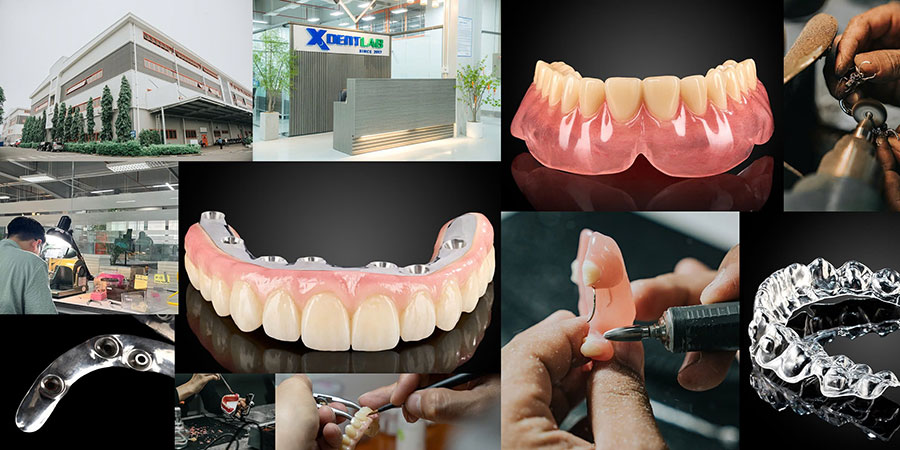
Our commitments are:
100% FDA-Approved Materials.
Large-Scale Manufacturing, high volume, remake rate < 1%.
2~3 days in lab (*digital file).
Your cost savings 30%.
Uninterrupted Manufacturing 365 days a year.
Contact us today to establish a strategy to reduce operating costs.
--------❃--------
Vietnam Dental Laboratory - XDENT LAB
🏢 Factory 1: 95/6 Tran Van Kieu Street, Binh Phu Ward, Ho Chi Minh City, Vietnam
🏢 Factory 2: Kizuna 3 Industrial Park, Can Giuoc Commune, Tay Ninh Province, Vietnam
☎ Hotline: 0919 796 718 📰 Get detailed pricing





